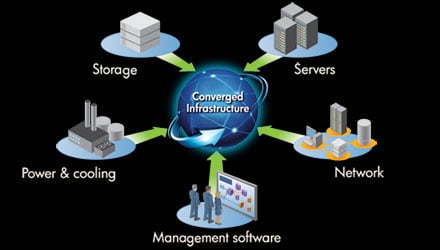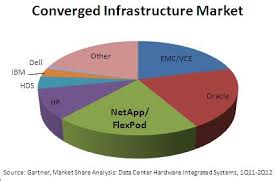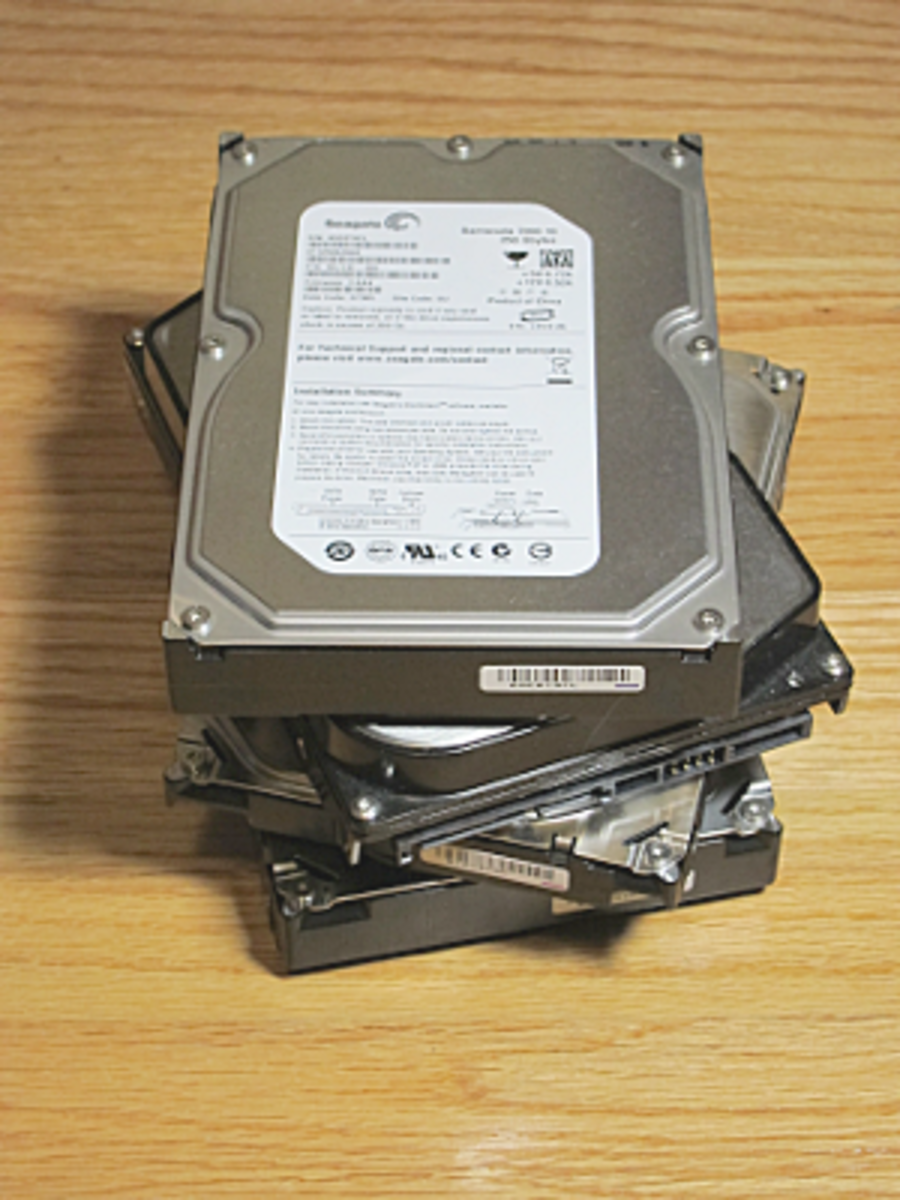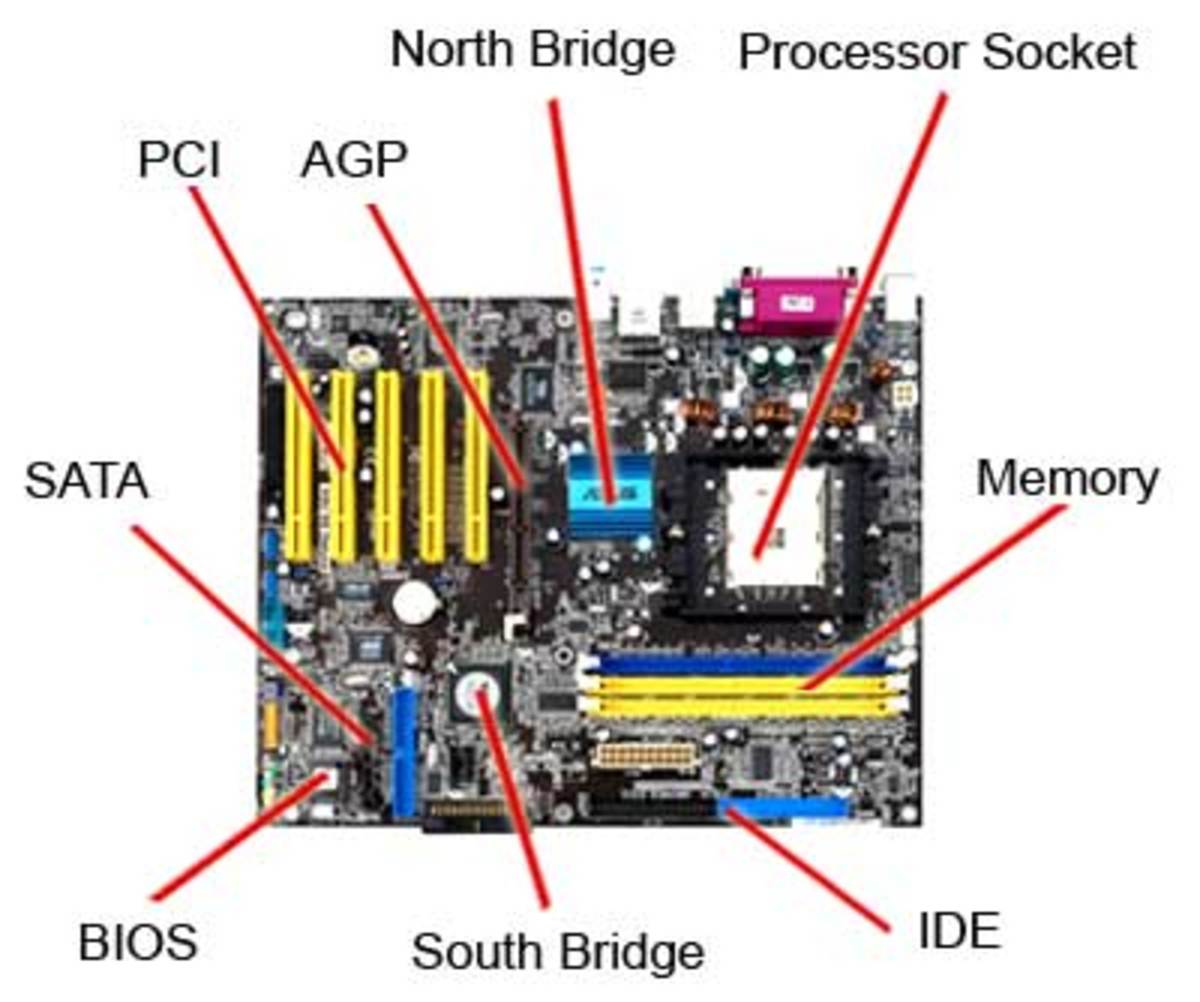What is Converged Infrastructure?

Converged infrastructure is an approach to data center management that relies on a specific vendor and the vendor’s partners to provide preconfigured bundles of hardware, networking gear and software in a single optimized computing package. Components of a converged infrastructure may include servers, data-storage, networking equipment and software for IT infrastructure management.
A Converged Infrastructure or CI addresses IT silos by pooling and sharing IT resources closely to ensure optimal resource use for predefined applications. It provides both technical and business efficiencies, and further contributes to efficient data centers by enhancing the ability of IT systems to handle massive data growth, using only a single integrated management system. Companies use converged infrastructure to centralize and automate the management of IT resources, to consolidate IT resources (hardware, software and networking equipment), to increase resource-utilization rates, and to reduce operational and maintenance costs.
Benefits of Converged Infrastructure
Converged Infrastructure is now making its way into the data center space, by creating server, network, storage blocks of infrastructure, today's data centers can benefits in number of ways including:
- Simpler management infrastructure
- Lower operational and maintenance costs
- Less moving parts or fewer touchpoints to manage and troubleshoot.
- Faster provisioning and quick deployment.
- Faster IT response
- Easier scaling and greater elasticity
- Greater resource utilization
- Single support point
- A shorter and easier path to on-demand services or private cloud solutions
- Faster path to 100Gbs.
- Great control and flexibility
- Seamless delivery of IT services
- Extract more value from information
- Reduced business exposure and risk
- Cost efficiency and more predictable operational costs.
Converged Infrastructure has become increasingly popular, with all the major IT companies putting converged offerings into their portfolios. There is no doubt that its future looks bright. Research firm IDC estimates that the total worldwide spending on converged infrastructure will hit $17.8 billion by 2016, up from $4.6 billion in 2012. IDC also estimates that converged infrastructure will account for 12.8 percent of total storage, server, networking and software spending by 2016, up from only 3.9 percent in 2012.
Using virtualization technologies, automation management tools and server convergence techniques, companies have reduced the number of servers, reduced the footprint of some data centers, reduced business exposure, saved on overall infrastructure management costs and extract more values from information. Converged Infrastructure promises to do for infrastructure management what software did for applications development—lower total cost, operational efficiency, performance, and agility.









